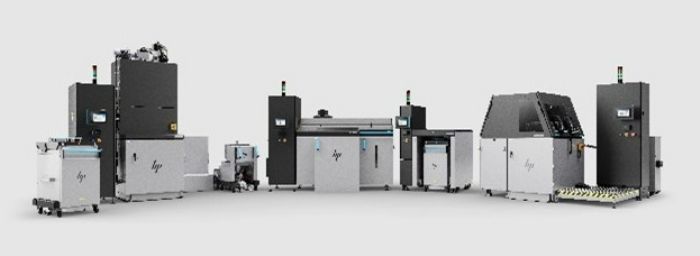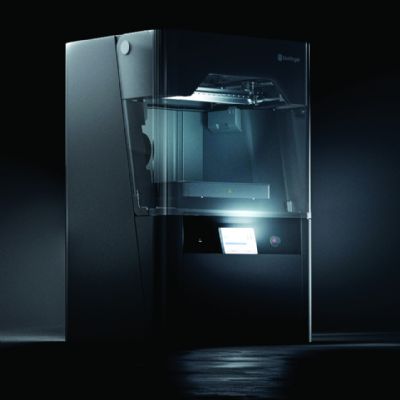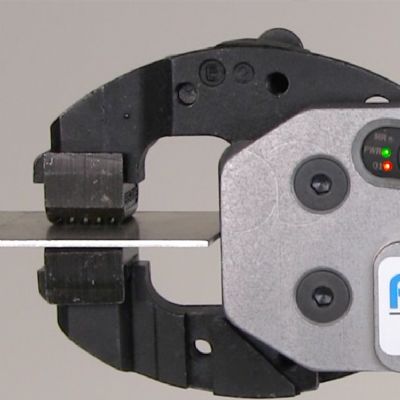HP Debuts Metal Jet S100 for Mass Metal-AM Part Production
September 12, 2022Comments
 At IMTS 2022 booth 433000, HP debuted its Metal Jet S100 binder jetting system, touting its capability for mass production of metal additive manufacturing (AM) parts and announcing its commercial availability. Currently the HP Metal Jet S100 utilizes two stainless-steel powders—HP Metal Jet SS 316L and HP Metal Jet SS 17-4PH—with process parameters that achieve MPIF 35 properties. Other materials have been evaluated and can be developed for specific applications and properties, according to HP officials.
At IMTS 2022 booth 433000, HP debuted its Metal Jet S100 binder jetting system, touting its capability for mass production of metal additive manufacturing (AM) parts and announcing its commercial availability. Currently the HP Metal Jet S100 utilizes two stainless-steel powders—HP Metal Jet SS 316L and HP Metal Jet SS 17-4PH—with process parameters that achieve MPIF 35 properties. Other materials have been evaluated and can be developed for specific applications and properties, according to HP officials.
The S100 features a 430 by 309 by 200-mm build volume, with binder jet layer thicknesses ranging from 35 to 140 μm. The two-printbar printhead system boasts 63,360 nozzles to provide four-times print redundancy at 1200-dpi resolution, with automatic nozzle health detection. The S100 can provide build speed to 1990 cm3/hr.
In practice, the S100 works like this: Before printing, its powder-management station automatically blends, sieves and loads metal powder into the build unit according to the user-defined print job and customized parameters. After completion of printing and curing, the build unit is manually inserted into the S100’s powder-removal station, which automates the removal and recovery of loose powder for 100-percent reusability, while simultaneously performing build-unit cleaning. For any fine powder remaining on printed parts, the powder-removal station includes separate vacuum attachments for manual removal of the fine powder. All reclaimed powder is pneumatically recovered into the powder-management station’s portable tank for storage, and then reintroduced into the powder-management station. The modular makeup of the S100 enables build units to travel between four different stations, allowing users to run production continuously at scale for mass metal-part production.
Available software for the S100 through HP Metal Jet Software Solutions includes HP Metal Jet Command Center, a client/server application for system setup, registration, device monitoring and connectivity management; HP Metal Jet API, an application programming interface for streamlined access to device data and device orchestration for process development and production workflow management; and the HP Metal Jet Process Development Suite, that provides integrated build management, process-parameter editing, sintering simulation and process monitoring to reduce time and effort in process development.






 HP metal-AM partners and customers include
GKN, Parmatech, Cobra Golf, Legor Group and Volkswagen, with the company
reportedly also collaborating on mass metal-part production opportunities with Domin
Digital Motion, an industrial company focused on hydraulic systems and valves;
Lumenium, a startup developer of advanced rotational engines; and Schneider
Electric.
HP metal-AM partners and customers include
GKN, Parmatech, Cobra Golf, Legor Group and Volkswagen, with the company
reportedly also collaborating on mass metal-part production opportunities with Domin
Digital Motion, an industrial company focused on hydraulic systems and valves;
Lumenium, a startup developer of advanced rotational engines; and Schneider
Electric.

